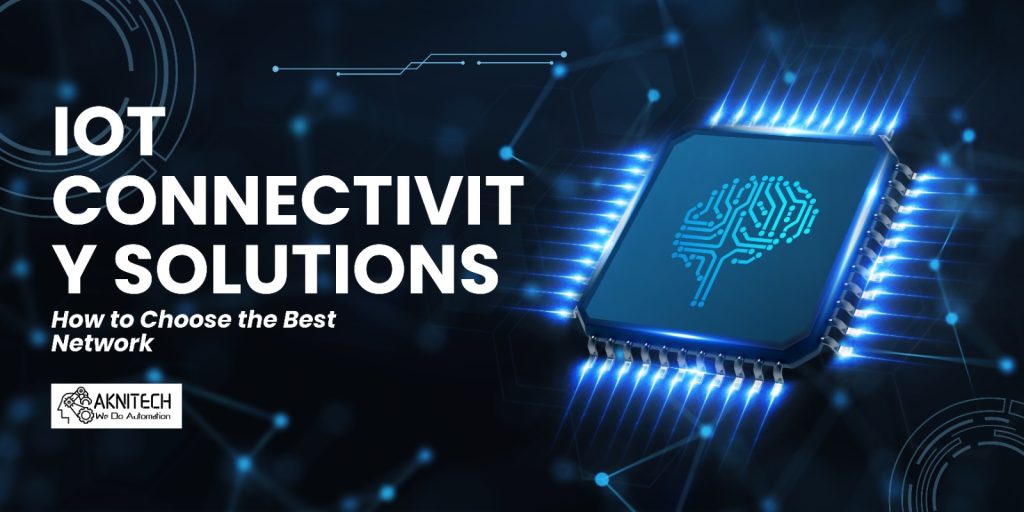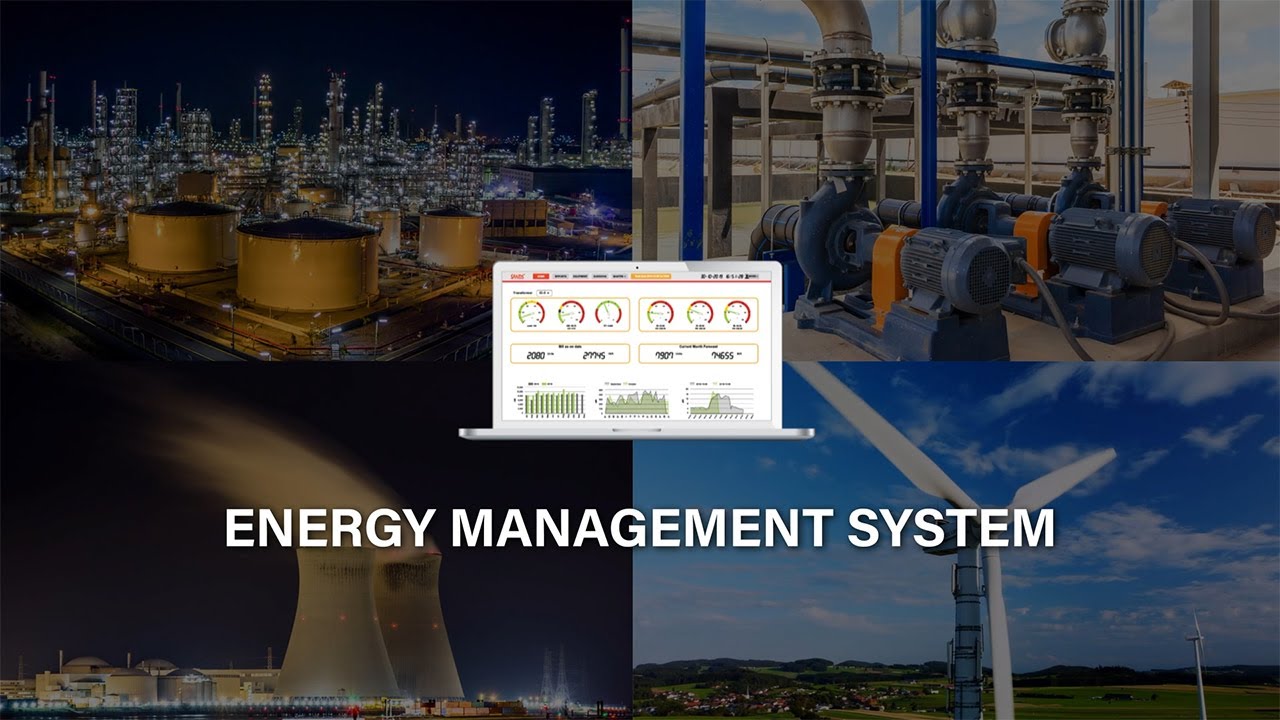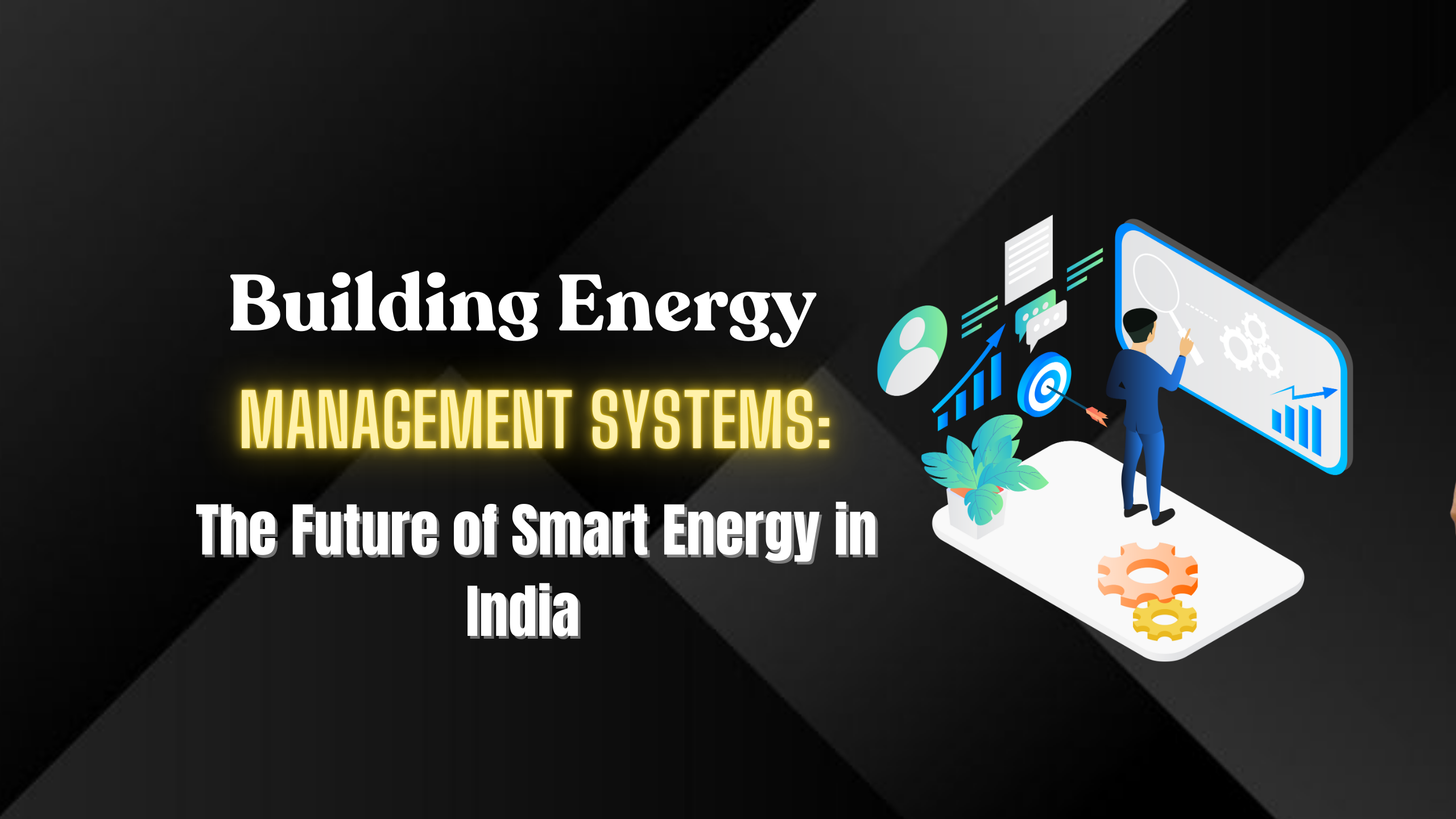As industries continue to adopt smart technology, reliable and efficient connectivity is crucial for ensuring seamless communication between IoT devices. Choosing the right connectivity solution plays a significant role in optimizing data transmission, power consumption, network range, and operational costs. Businesses must evaluate various factors, including network reliability, security, and scalability, to ensure IIoT Connectivity Solutions function efficiently in different environments.
Aknitech Automation specializes in providing tailored connectivity solutions to meet the diverse needs of industries. Whether deploying industrial automation, smart city infrastructure, or healthcare IoT systems, selecting the right network technology is essential for ensuring real-time data processing and secure device communication.
This blog explores different connectivity solutions available for businesses and how to choose the most suitable option based on operational requirements.
Understanding IoT Connectivity Solutions
IoT connectivity refers to the technology that enables devices to communicate with each other and transmit data to cloud platforms or local processing units. The choice of network depends on factors such as bandwidth requirements, power efficiency, data volume, and operating range.

There are several connectivity solutions available, ranging from wired connections like Ethernet to wireless options such as Wi-Fi, LPWAN, and 5G. Each option has unique benefits, making it important for businesses to select the right solution based on their use case.
Types of IoT Connectivity Solutions
1. Wi-Fi Connectivity for IoT
Wi-Fi is a widely used wireless communication technology for IoT applications that require high data throughput and short-range connectivity.
Advantages:
- High-speed data transmission
- Secure encryption protocols
- Well-established infrastructure
Limitations:
- Limited range (up to 100 meters)
- High power consumption
- Network congestion in densely populated areas
Best for:
- Smart homes and offices
- Healthcare monitoring systems
- Industrial automation within a confined space
2. Cellular Networks (2G, 3G, 4G, 5G)
Cellular networks provide broad coverage and reliable connectivity for IoT devices that require remote operation. The evolution from 2G to 5G has significantly improved data speeds, latency, and power efficiency.
Advantages:
- Wide-area network coverage
- Reliable and secure communication
- Supports real-time applications
Limitations:
- High operational costs
- Requires SIM cards and carrier subscriptions
- 2G and 3G networks are being phased out
Best for:
- Fleet tracking and logistics
- Smart agriculture and remote monitoring
- Connected healthcare devices
3. LPWAN (LoRaWAN, Sigfox, NB-IoT)
Low Power Wide Area Networks (LPWAN) are designed for IoT applications that require low power consumption, long-range communication, and low data transmission rates.
Advantages:
- Low energy consumption (ideal for battery-powered devices)
- Long-range coverage (up to 15 km in rural areas)
- Cost-effective network deployment
Limitations:
- Low data transmission speeds
- Limited bandwidth for large-scale applications
Best for:
- Smart metering (water, gas, electricity)
- Environmental monitoring (air quality, temperature, humidity)
- Asset tracking in logistics and supply chain management
4. Bluetooth and BLE (Bluetooth Low Energy)
Bluetooth is a short-range wireless technology commonly used in consumer electronics and industrial automation. BLE improves energy efficiency, making it suitable for battery-operated devices.
Advantages:
- Low power consumption
- Ideal for personal and industrial IoT applications
- Secure data transmission
Limitations:
- Limited range (up to 100 meters)
- Lower data transfer rates compared to Wi-Fi and cellular networks
Best for:
- Wearable health devices
- Industrial sensor networks
- Smart home automation
5. Ethernet and Wired Connectivity
Ethernet offers reliable and high-speed connectivity for IoT applications that require stable network performance and low latency.
Advantages:
- Secure and interference-free communication
- High bandwidth for large data transfers
- Low latency for real-time processing
Limitations:
- Limited mobility (requires physical cabling)
- Higher installation costs for large-scale deployments
Best for:
- Industrial automation and factory automation
- Security surveillance and data centers
- Smart grid infrastructure
6. Satellite IoT Connectivity
Satellite communication is essential for IoT applications in remote areas where terrestrial networks are unavailable. It provides global coverage but is often costly and power-intensive.
Advantages:
- Enables connectivity in remote locations
- Reliable for mission-critical applications
Limitations:
- High latency compared to terrestrial networks
- Expensive compared to cellular and LPWAN options
Best for:
- Maritime and offshore monitoring
- Remote oil and gas operations
- Wildlife tracking and environmental research
How to Choose the Best IoT Connectivity Solution
1. Consider Coverage and Range Requirements
- For short-range applications (smart homes, industrial automation), Wi-Fi or Bluetooth is ideal.
- For long-range applications (smart cities, agriculture), LPWAN or cellular networks provide better coverage.
2. Evaluate Data Transmission Needs
- Applications requiring high-speed data transfer (video surveillance, remote diagnostics) should opt for Wi-Fi, Ethernet, or 5G.
- Applications needing low-power, infrequent data transfer (sensor-based monitoring) are best suited for LPWAN or BLE.
3. Assess Power Consumption
- Battery-operated devices benefit from LPWAN or Bluetooth Low Energy due to low power consumption.
- High-performance devices with continuous data transmission require wired Ethernet or 5G networks.
4. Ensure Security and Data Protection
- Choose networks with end-to-end encryption, authentication protocols, and secure firmware updates to prevent cyber threats.
- Implement firewalls and secure gateways for enhanced network protection.
5. Factor in Cost and Scalability
- LPWAN and Bluetooth offer cost-effective options for large-scale deployments.
- Cellular and satellite networks require subscription-based models but provide global connectivity.
How Aknitech Automation Delivers IoT Connectivity Solutions
Aknitech Automation provides tailored connectivity solutions based on industry-specific requirements. The company offers:
- Custom network design and implementation for IoT-driven businesses
- Integration of secure and scalable connectivity solutions for industrial applications
- Real-time monitoring and cloud-based analytics for optimized performance
- Cybersecurity measures to protect IoT networks from cyber threats
By leveraging advanced IoT connectivity solutions, businesses can enhance efficiency, improve data reliability, and drive digital transformation.
Conclusion
Choosing the right connectivity solution is critical for optimizing IoT device performance, ensuring network reliability, and maintaining cost efficiency. Factors such as coverage, power consumption, security, and scalability should guide the selection process. By implementing robust connectivity solutions, businesses can maximize the benefits of IoT, ensuring seamless communication, data-driven decision-making, and enhanced automation.
Aknitech Automation provides end-to-end solutions for selecting and deploying the most suitable IoT connectivity technologies, ensuring that businesses stay ahead in the era of smart automation.







